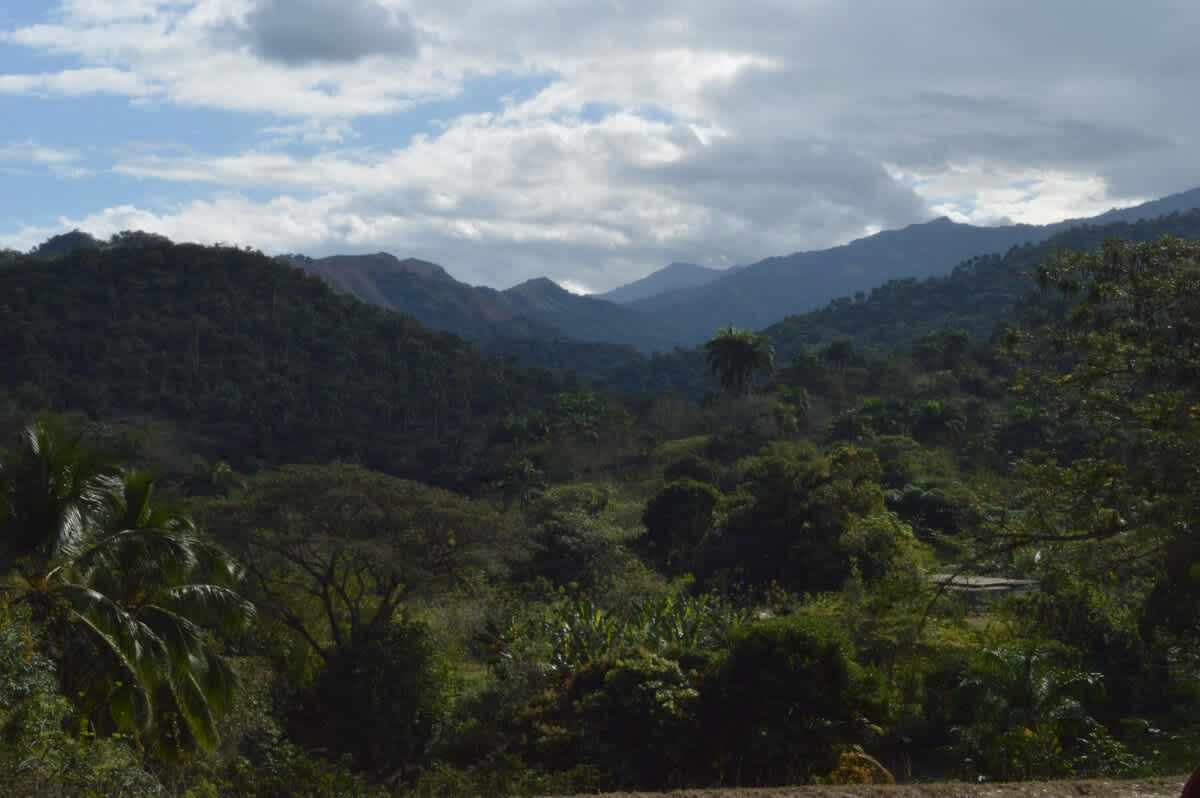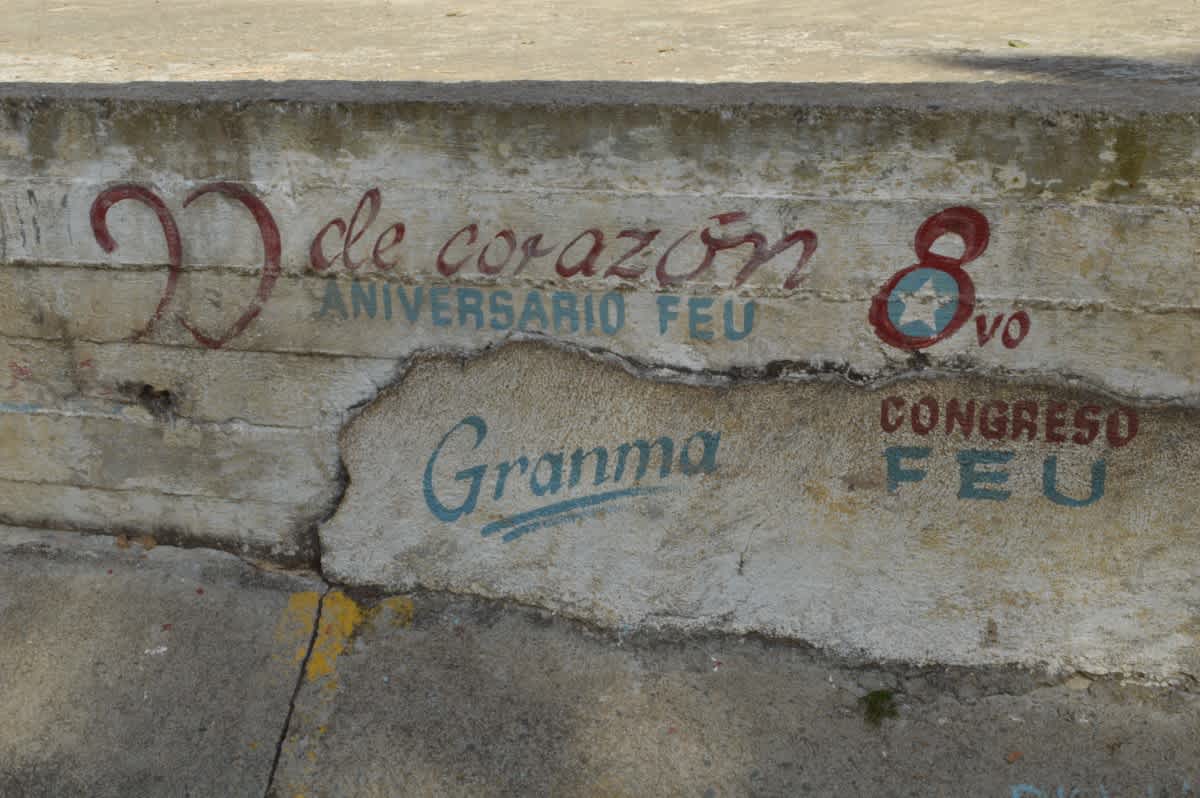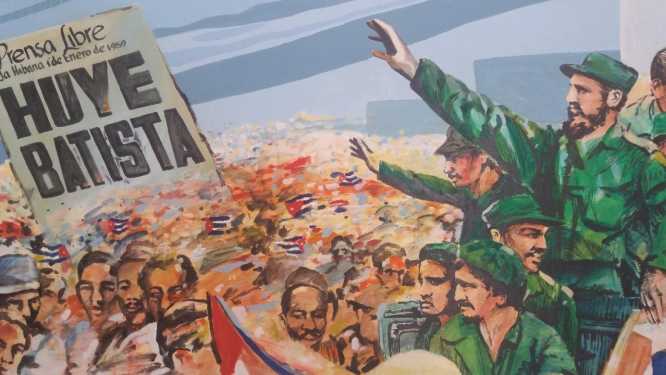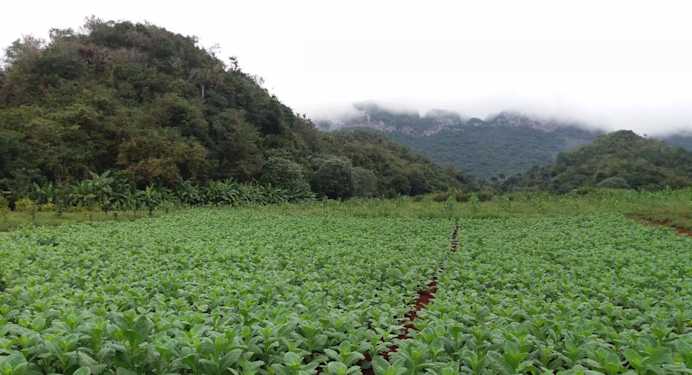
Voices from the Sierra Maestra mountains
Radio Rebelde
Throughout the course of history, those resisting colonialism, authoritarianism and/or slavery have retreated into the foothills and foliage of the Sierra Maestra mountains in southeastern Cuba. It is from here that Fidel Castro's rebels revolutionary momentum became an unstoppable force.
Having heaved our way up some of the steepest roads we’ve ever encountered, casting quizzical glances about our car’s capabilities (and those of our driver), we level out at a small plateau that offers an unobstructed view of a distant heat-haze ridden lake. A hitchhiker with a chicken christened ‘Nina’ thanked us for our assistance.
These are the Sierra Maestra mountains in southeastern Cuba in the old Oriente Province. Throughout the course of history, those resisting colonialism, authoritarianism and/or slavery have retreated into their foothills and foliage. Despite tourist encroachment, it remains dense, daunting and at times disorienting. Even though there are signposts, a guide remains essential.

Some three hundred men took to these mountains to evade capture by Batista’s regime, who murdered the vast majority of those who arrived from Mexico on a makeshift yacht, ‘Granma’ (after which the Communist Party newspaper and one of Cuba’s provinces is named).
From here they launched attacks on Batista’s troops, resurrecting a movement that almost perished with a failed 26th July 1953 attack on the Moncada Barracks in Santiago, after which Fidel Castro was arrested and sentenced to fifteen year in prison. His defence speech included the famous line - "condemn me, it does not matter. History will absolve me". History is likely to be a harsher judge.

The rebels depended upon local campesinos for vital supplies and the dissemination of messages; a dependence that regularly threatened betrayal. We trace their steps, trying to imagine our own prospects for survival, let alone fuelling a national uprising. A wooden hut houses a kerosene fuelled refrigerator. Our guide tells us how the rebels would cook at night to ensure the smoke didn’t disclose their location.

In 1957, the New York Times journalist, Herbert L. Matthews, visited the Sierra Maestra and broke the news to a stunned world that Castro and Che were still alive. Seemingly entranced by revolutionary fervour, Matthews writes how, Castro’s “program is vague and couched in generalities, but it amounts to a new deal for Cuba, radical, democratic, and therefore anti-Communist. The real core of its strength is that it is fighting against the military dictatorship of President Batista.”

Here too Radio Rebelde ("Rebel Radio") became “the voice of the Sierra Maestra”, whipping up resistance within rural and urban areas alike with its nightly broadcasts. It still broadcasts today, with a strong fondness for the music of Lennon and McCartney. We also came across an aftershave of the same name for the vainer revolutionary; the irony of both the revolutionary’s iconic facial hair and the shortage of the most rudimentary items was not lost on us.

The rebels eventually left for Santiago on 11th November 1958, arriving victorious in Havana on 8th January 1959. Their progress was as rapid as their discovering in the Sierra Maestra mountains was surprising. Whilst these mountains have given up many stories, they’ve never disclosed those who’ve sought refuge. Whilst Cuba’s resistance today will unlikely be fought from the mountains, it remains an inspiration for those whose evening’s started with the cry of "¡Aquí Radio Rebelde!" ("Here Radio Rebelde!").
Ian is a writer based in the Balkans. He is the author of 'Dragon's Teeth - Tales from North Kosovo' and 'Luka'. Follow Ian on Twitter @bancroftian.
Currently in: Belgrade, Serbia — @bancroftian


